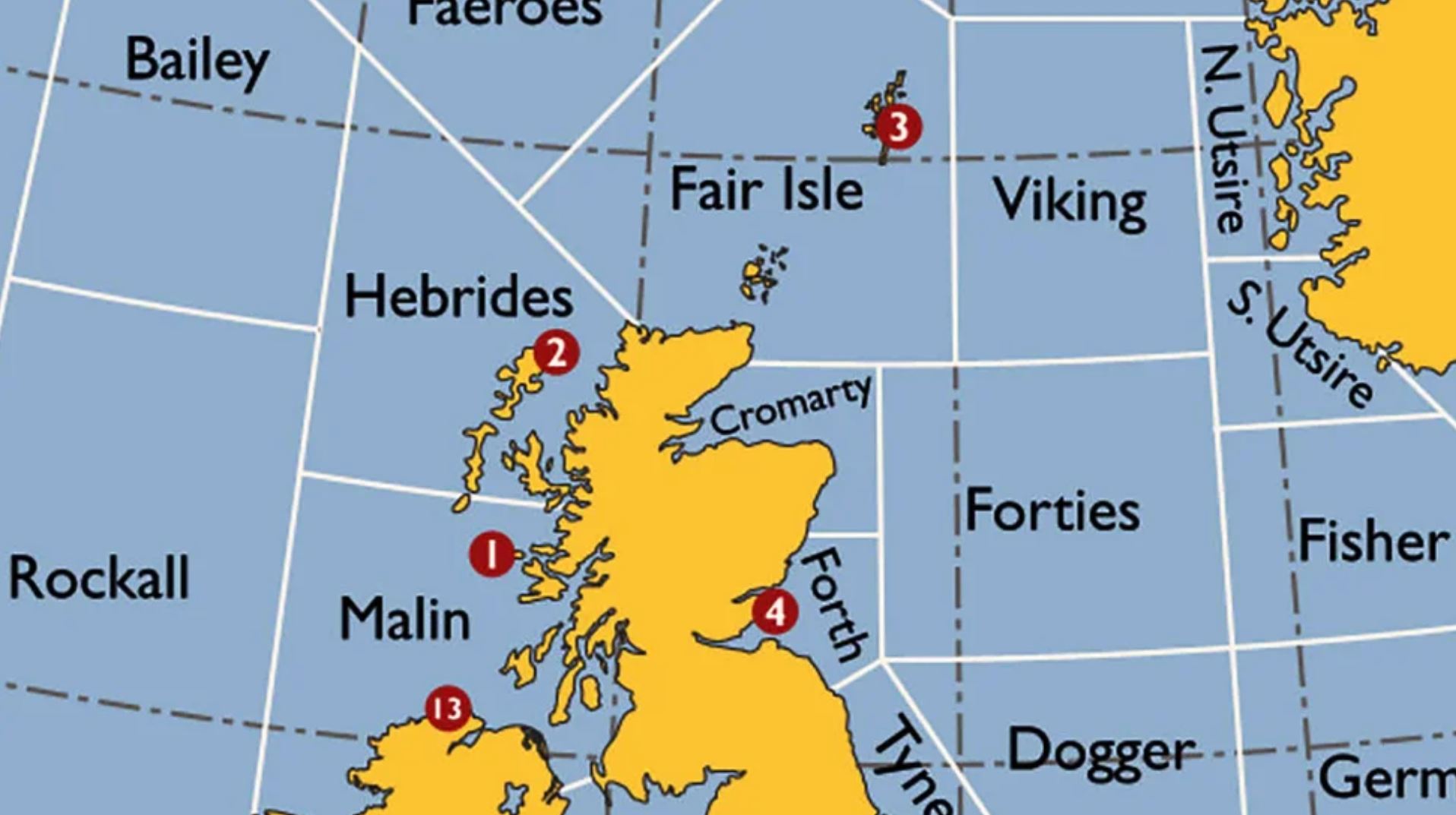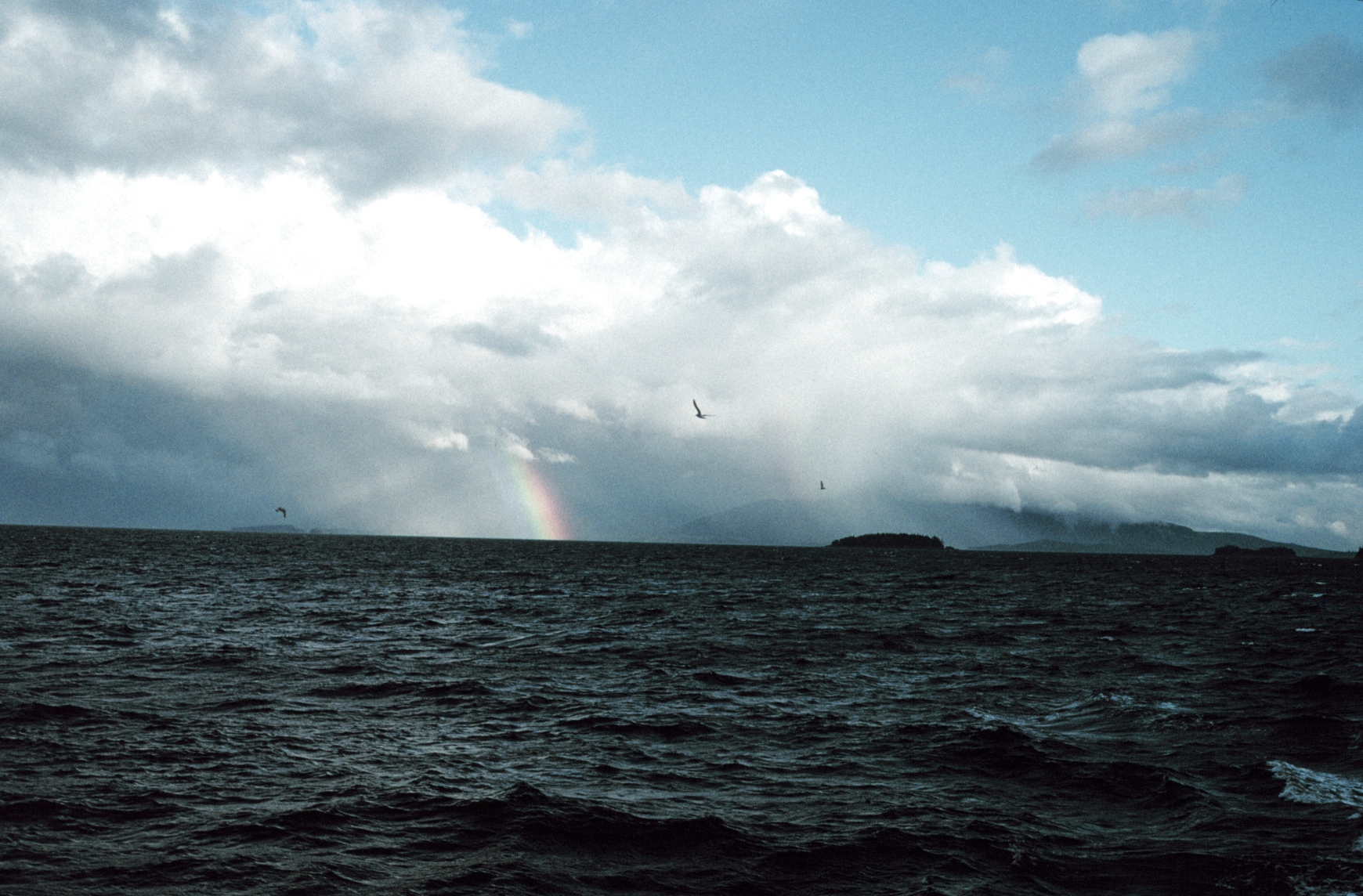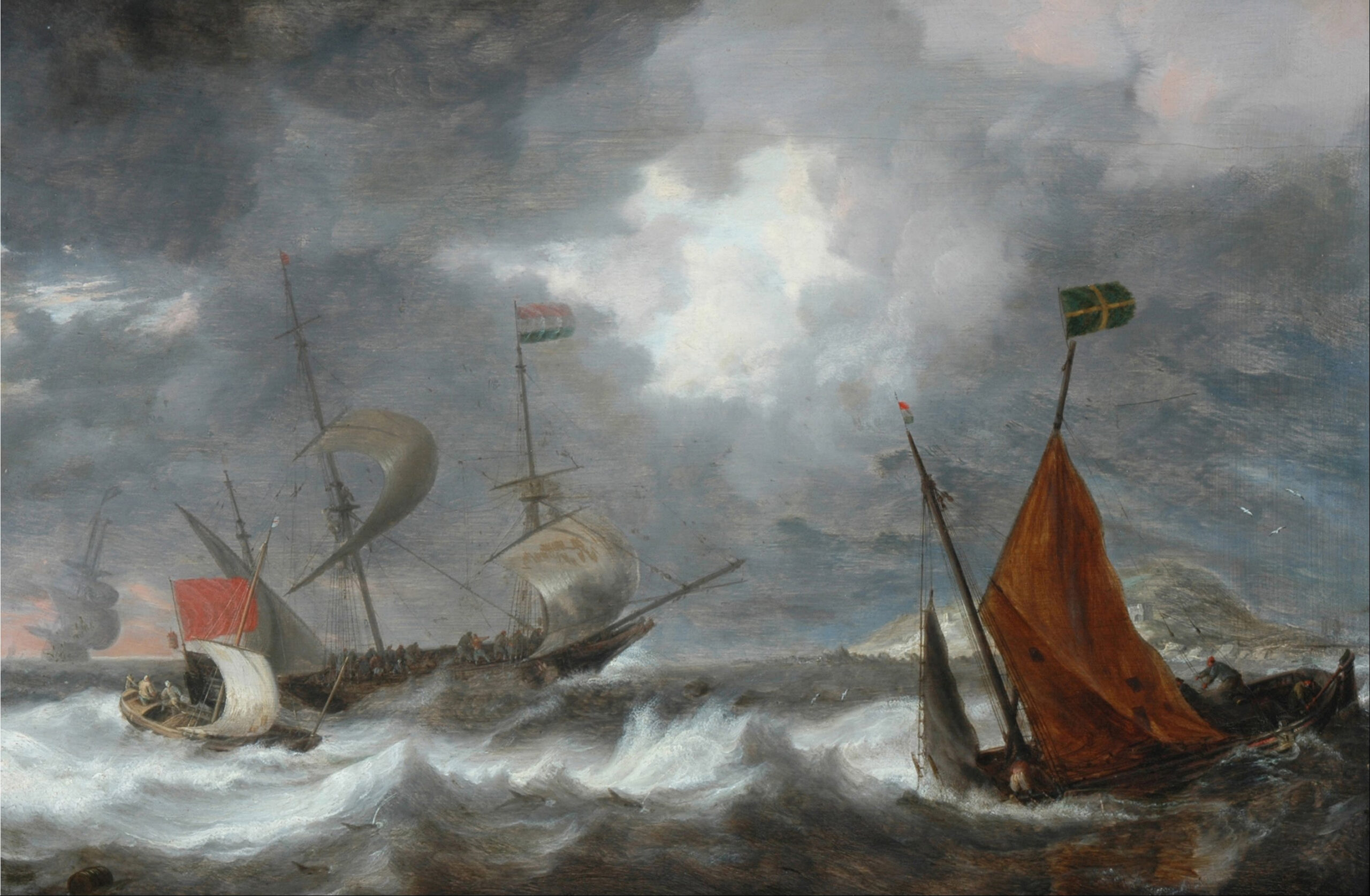Sailing resources: weather forecast terminology, the Beaufort Scale, the Douglas Scale and swell
The Shipping Forecast is practically a British Institution. It’s listened to by sailors and landlubbers alike for the poetry of its sounds. It’s also complete gibberish unless you know the special code, which is also used in many other forecasts. So what does it all mean? Before reading on, we recommend that you download your …



